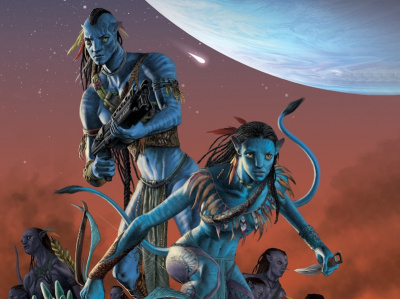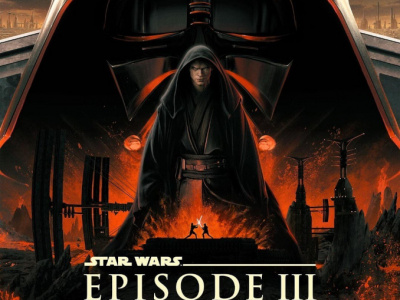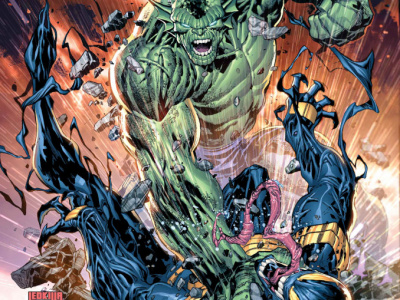
The New York Times has introduced weekly graphic novel (or as the Gray Lady calls them, “graphic books”) bestseller lists via its Arts Beat blog today, a huge step on the long path to legitimacy for the comics medium. As George Gene Gustines, who’s been writing about comics in the Times for years, put it in the opening sentence of the article announcing the lists, “Comics have finally joined the mainstream.”
We asked the Times why it’s calling the books its ranking “graphic books,” rather than “graphic novels,” and heard back from Bestseller List Editor Deborah Hofmann.
“We decided to call these Graphic Books in order to begin our endeavor with the elbow room to evolve,” she said. There are graphic memoirs, graphic diaries, nonfiction as well as fiction -- and legions of new forms of this collaborative media that combine art with text.
“We felt that Books made it clear to readers that our intent is to be inclusive and expansive. These rankings will grow, as we see more of the sorts of migrations you described at the [ICv2 Conference] -- adaptations from other name brand bestselling authors, and so forth. Sci-Fi, Romance, procedurals, and many others, over time.
“We also like the fact that the word Books sets us a bit apart from what might be expected by simply calling them Graphic Novels. The genre has grown even beyond novels. And novel perhaps implies a "novelty," when we might indeed be seeing the evolution of something with a far longer arc, past, present and future. They are an established form, not a novelty likely to recede as a fad. One has only to look at the aisles of any bookstore to monitor their growth.“
We also asked about plans to publish the graphic novel lists in print editions of the newspaper; Hofmann said such plans were "unclear at the moment."
The lists themselves represent an interesting view of the market different from that of any of the other bestseller lists (such as Diamond, see “Top 300 Graphic Novels,” and Bookscan, see “Top 20 Graphic Novels”). The Watchmen hardcover is not the #1 hardcover of the week; DC’s Starman Omnibus, Vol. 2 is. Larry Marder’s Beanworld, which also provided the illustration for the first graphic novel bestseller list article, came in at #6 on the hardcover list.
On the softcover list, where Watchmen is #1, one of the more interesting titles to appear is Alan Moore and Jacen Burrows’ The Courtyard from Avatar, at #7 ($7.99).
Naruto dominates the manga list, as might be expected. The rest of the manga list looks pretty male-oriented to us, with both of the two non-Naruto volumes on the list from Dark Horse.
But regardless of the specifics of the view of the market the lists provide, they put a cultural stamp of approval on the medium. On a week that is arguably a once in a generation event, a time when interest in the medium is at an all time high, this is the cherry on the sundae at the comics party.







